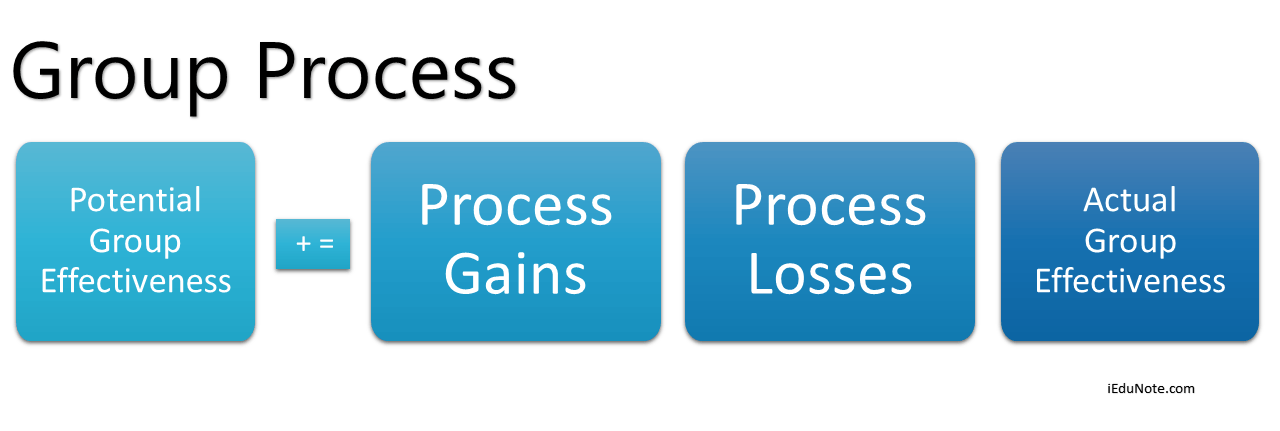Cross-cultural adaptation occurs when people from one culture move to a different culture, learning the new culture’s rules, societal norms, customs, and language.
By bringing their existing thoughts, feelings, behaviors, and beliefs with them, a person will integrate that into their new society while adjusting and accepting the new standards, thereby creating a multicultural person.
A person visiting a foreign to leave behind barriers to cultural adaptation knows that being in a new place can be daunting.
Foreign scenery, as foreigners try to integrate with the local folk’s number of norms and even other languages, dialects often intimidate new arrivals to any foreign land.
However, for those willing to adapt, the rewards of unifying with a new culture and people are numerous.
Here discussed the steps to building an organizational culture;
Teach It
The more and more effectively we teach people what we are looking for in our culture, the more likely it will become a reality. Whatever orientation and training work you’re doing, you should talk about the kind of culture you’re going after.
Describe the way you’d like things to be working. Talk about the informal ways you envision the group working together, how you want the customer experience to feel, etc.
Define It
If you have a number of leaders running your organization, you may not immediately have full agreement on what your desired culture is. In that case, there must be a hard discussion amongst the key decision-makers so that you can reach a consensus.
Putting the vision in writing is an essential element of making it successful.
When the dialogue stays verbal only, it’s inevitable that everyone will leave the room with a different version of what was agreed upon. Documenting it is far more likely to help you get where you want to go.
Live It
Culture is very little about what we say and very much about what we do. If we don’t live it, it’s never going to play out as we want.
Organizational culture is built slowly over time, not with a quick decision or writing a big check. This is especially critical for the leaders in our organizations; the staff sees everything we do.
I remind myself that every action I take and every word I speak will have an impact on how our organizational culture develops. Pretending that my words, actions, and attitudes don’t impact it significantly would be to live in denial.
Measure It
Once we’ve identified the key elements of our desired culture and written them down, we must measure our success in making them a (cultural) reality.
Many will argue that you cannot measure things like fun, supportiveness, or camaraderie; I think you can. If you want to have a results-oriented organization, you are more likely to succeed if you measure your success at putting the culture into place.
If you’re setting out to measure cultural characteristics like fun, remember that the participants in the organization will make the judgment. Once you have that mindset and some definition of what fun means, you can measure it.
Reward It
A common problem in every organization is the mismatch between what it says it wants and what’s rewarded. In some cases, the issue is just an absence of rewards.
Companies say that they want people to treat each other well, but those who do receive no recognition; they say that they want to have fun, but the only reward you get is you’re having fun; they say that they want people to learn, but the only reward is that they know more than before a seminar.
The situation can be more extreme—organizations that actually reward the opposite of the cultural behavior they say they’re seeking. They say they want to be generous, but they take for themselves first. They say that they want teamwork but pay bonuses based on individual performance.
No organization will ever perfectly align every reward with the behaviors we seek.
But at least being cognizant of the key elements of the cultural vision we’re going after and then making sure that we recognize and reward those is important.

